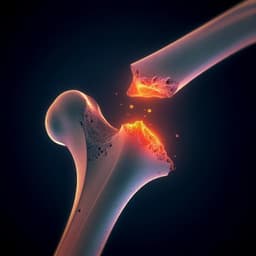
Engineering and Technology
Molecular engineering of piezoelectricity in collagen-mimicking peptide assemblies
S. Bera, S. Guerin, et al.
This research unveils an innovative, self-assembled piezoelectric device crafted from non-toxic, eco-friendly peptide-based materials. With a focus on molecular engineering of collagen-mimicking peptides, the study achieves unprecedented electromechanical properties, surpassing prior natural peptide outputs. Discover how this groundbreaking work by Santu Bera, Sarah Guerin, Hui Yuan, and colleagues transforms the landscape of piezoelectric technology.
Playback language: English
Related Publications
Explore these studies to deepen your understanding of the subject.







